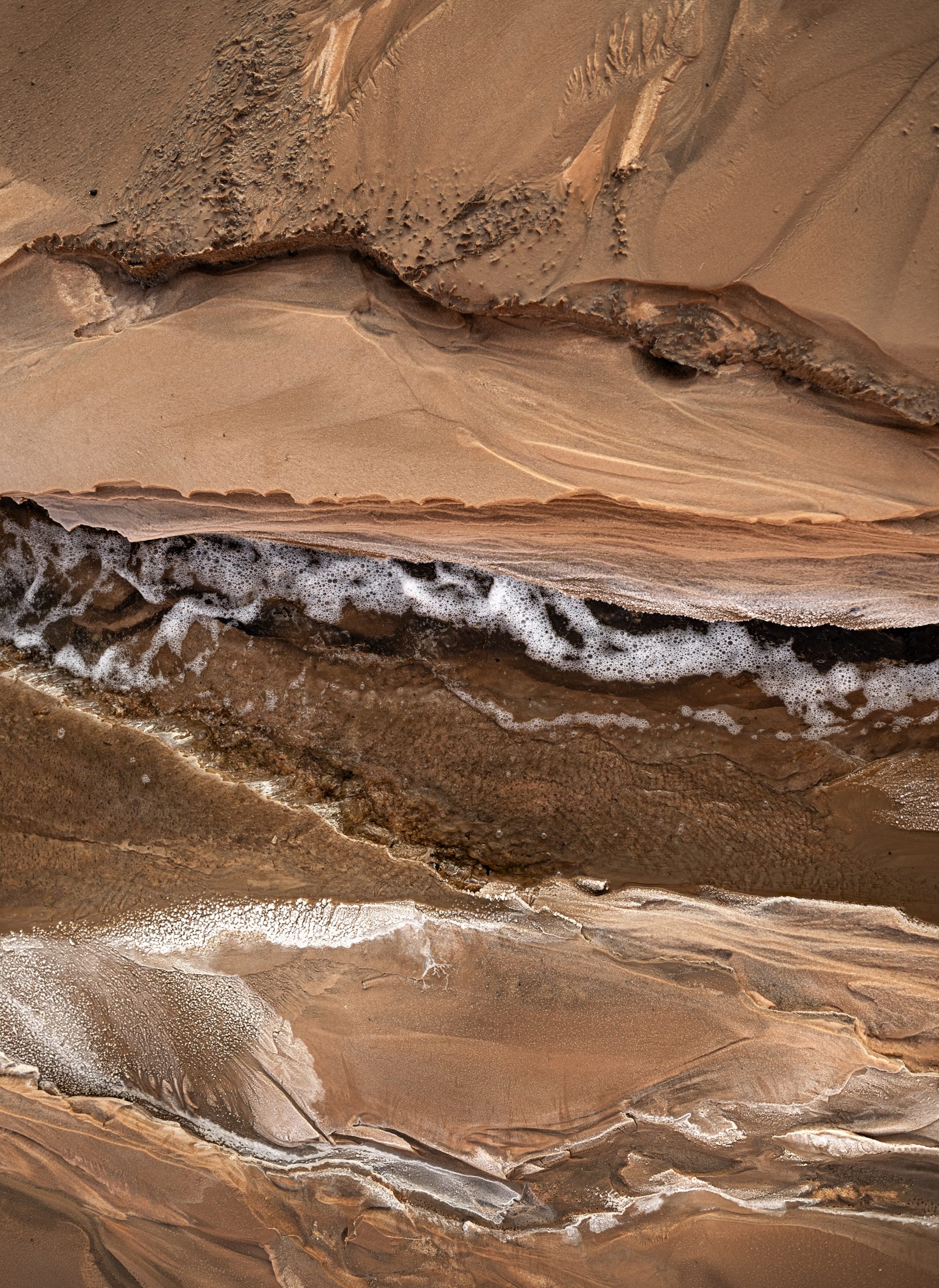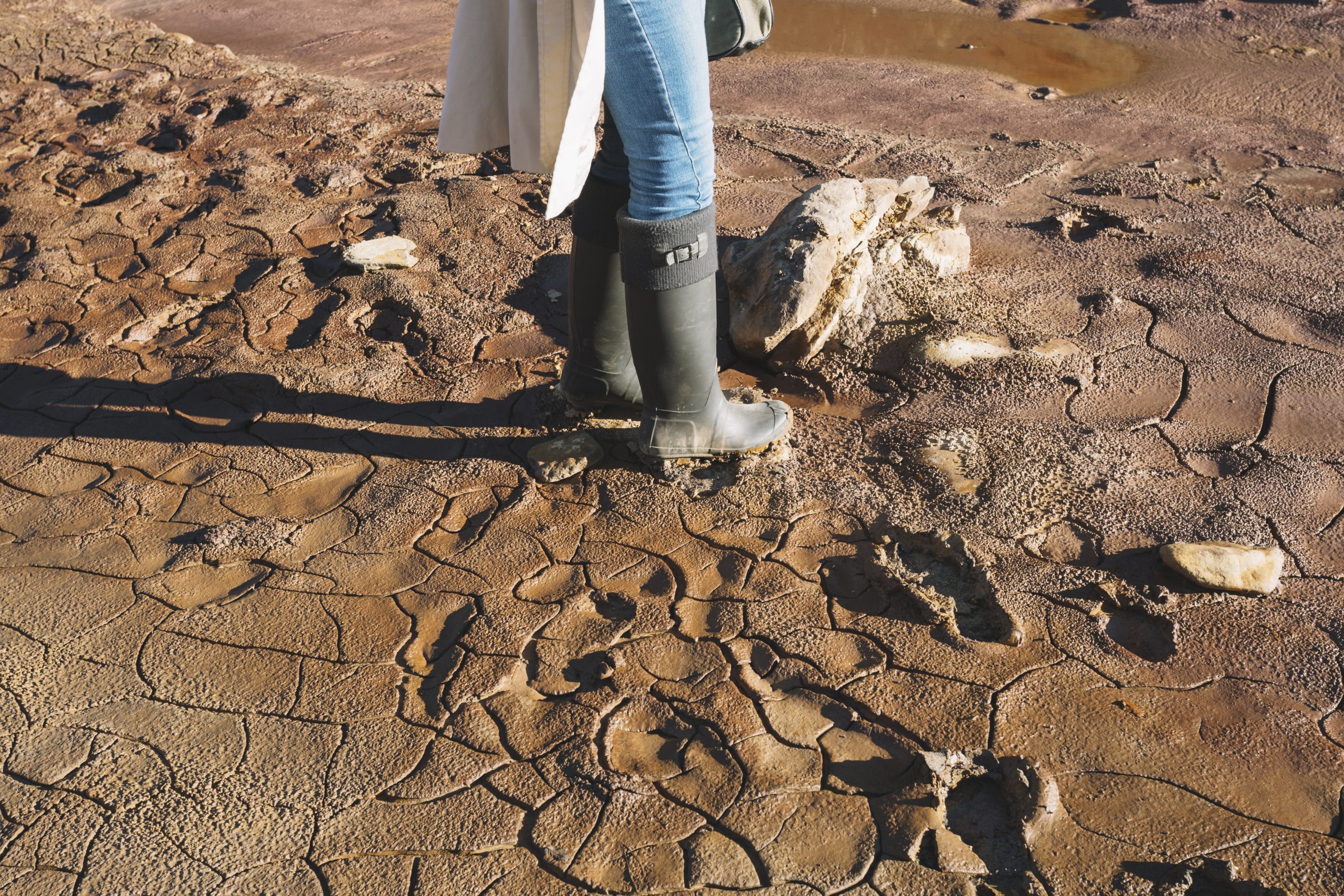Understanding the Geological Forces Shaping South Africa’s Landscape: The Dynamics of Mud and Sand Movement.
Introduction
South Africa, with its diverse and stunning landscapes, is shaped by a variety of natural forces and processes. One of these processes involves the movement of mud and sand, which plays a significant role in sculpting the country’s terrain. This article delves into the geological and environmental factors responsible for moving mud and sand in South Africa. It explores the impact of rivers, coastal processes, wind, and human activities on the transport and deposition of sediment. Understanding these natural forces is crucial not only for appreciating the country’s geological history but also for addressing various challenges related to sediment movement in South Africa.
River Dynamics: The Power of Flowing Water
Rivers are among the most influential agents of sediment transport in South Africa. The movement of mud and sand in river systems is a complex process driven by various factors, including water flow, topography, and the nature of the sediment. Let’s explore the dynamics of river systems and their role in shaping the landscape.
The Role of South African Rivers
South Africa is home to numerous rivers, both large and small. These rivers serve as major conduits for the movement of sediment, especially during periods of high flow, such as heavy rainfall events or snowmelt in the mountainous regions. The country’s rivers can be categorized into two main drainage basins: the eastern rivers, which flow into the Indian Ocean, and the western rivers, which flow into the Atlantic Ocean.
The sediment load in South African rivers varies based on factors such as geology, land use, and climate. Rivers originating in the Drakensberg Mountains, for example, carry substantial amounts of sediment due to the erodible sandstone and shale formations found in this region.
River Erosion and Deposition
Erosion and deposition are the two fundamental processes involved in the movement of mud and sand by rivers. Erosion occurs when flowing water picks up sediment and transports it downstream. The power of the flowing water is a key factor in this process. Steeper gradients and higher flow velocities can result in increased erosion. As rivers move across the landscape, they continually erode and transport sediment, leading to the formation of river valleys and canyons.
On the other hand, when a river’s energy decreases, it deposits the sediment it has carried. Deposition typically occurs in areas where the river’s flow velocity decreases, such as at river bends, the mouth of the river, or in dam reservoirs. Over time, these deposits can contribute to the formation of alluvial plains, deltas, and sedimentary rocks.
Coastal Dynamics: Shaping South Africa’s Coastlines
South Africa boasts a stunning coastline along both the Indian Ocean and the Atlantic Ocean. Coastal processes, including wave action, tides, and currents, are instrumental in shaping the country’s coastlines. Let’s explore the role of these natural forces in moving mud and sand along South Africa’s shores.
The Impact of Waves and Tides
Wave action plays a significant role in the transportation of sediment along South Africa’s coastlines. Waves have the energy to pick up sand and move it along the shoreline. Beaches and dunes are dynamic environments that continuously adjust to changes in wave patterns and tides.
The direction of sediment transport along the coast is largely determined by the predominant wave direction. In South Africa, the west coast experiences a northward transport of sediment, while the east coast witnesses a southward transport. Coastal features such as sandbars, barrier islands, and spits are created and modified by the movement of sand driven by waves and tidal currents.
The Formation of Coastal Landforms
The interaction between sediment transport and coastal processes leads to the creation of distinct coastal landforms in South Africa. For example, long sandy beaches and high sand dunes can be found along the eastern coast. The combination of prevailing wave patterns, coastal currents, and sediment availability has given rise to these unique features.
In contrast, the west coast is characterized by rocky shorelines, coastal cliffs, and relatively narrow beaches. Sediment transport in this region is limited due to the steep continental shelf, and much of the sediment is deposited offshore, contributing to the formation of sandbanks and submarine canyons.
The Role of Wind: Eolian Processes in South Africa
Wind, an agent of erosion and sediment transport, has a notable influence on South Africa’s landscapes. Eolian processes, driven by wind, are responsible for shaping the country’s dunes, sand sheets, and deserts. This section explores how wind moves mud and sand in South Africa’s arid regions.
Eolian Processes in the South African Interior
South Africa is home to several arid and semi-arid regions, such as the Kalahari Desert and the Namib Desert, where eolian processes play a vital role. Wind erosion and sediment transport are significant factors contributing to the formation and maintenance of these desert landscapes.
Sand dunes, the most iconic feature of many deserts, are sculpted by wind. They can take on various shapes, including crescent (barchan) dunes, linear (seif) dunes, and star-shaped (star) dunes. The direction and strength of the prevailing winds determine the dune shapes and their movement. Sand grains are gradually carried up the windward slope of the dune and then deposited on the leeward side, causing the dune to advance.
Sediment from these arid regions is not limited to the deserts themselves but can be transported over long distances, impacting surrounding areas.
Human Activities: The Role of Anthropogenic Factors
While natural forces significantly influence the movement of mud and sand in South Africa, it’s essential to recognize the role of human activities in altering these processes. Human interventions can lead to changes in sediment dynamics, causing both positive and negative impacts on the environment.
Human-Induced Alterations to Sediment Movement
- Mining Activities: South Africa is well-known for its extensive mining operations, including coal, gold, and platinum mining. These activities often involve excavating large quantities of sediment, which can disrupt local ecosystems and sediment transport patterns. Mining activities can lead to increased erosion, sediment runoff into rivers, and the formation of tailings dams, which can pose environmental risks if not properly managed.
- Dams and Reservoirs: The construction of dams and reservoirs for water storage and hydroelectric power generation is another human intervention that can impact sediment movement. Dams trap sediment, preventing it from naturally flowing downstream. This can lead to reduced sediment supply to downstream areas, affecting riverine and coastal ecosystems, as well as the maintenance of sediment-dependent landforms.
- Urbanization and Infrastructure Development: Rapid urbanization and infrastructure development can alter natural drainage patterns and lead to increased surface runoff. This can result in greater erosion and sedimentation in rivers, affecting water quality and the stability of riverbanks. Urban development may also involve beachfront construction, which can disrupt natural sand transport processes, potentially leading to coastal erosion.
- Agriculture: Agriculture is a significant contributor to sediment movement alterations. Practices such as deforestation, plowing, and overgrazing can increase soil erosion, leading to excessive sedimentation in rivers and downstream environments. Poor land management and inadequate erosion control measures can exacerbate these issues.
- Invasive Species: The introduction of non-native, invasive plant species can also influence sediment dynamics. Some invasive plants can alter soil properties, disrupt natural vegetation patterns, and increase the risk of soil erosion.
Mitigating the Impacts of Human Activities
Efforts to mitigate the negative impacts of human activities on sediment movement are crucial for maintaining the health of South Africa’s ecosystems and preserving its landscapes. These measures include:
- Sustainable Mining Practices: Implementing responsible mining practices, including land rehabilitation and sediment control measures, can minimize the environmental impacts associated with mining activities.
- Sediment Management in Dams: Regular sediment management in dams and reservoirs, such as controlled releases or sediment removal, can help maintain downstream sediment supply and prevent sediment accumulation.
- Erosion Control: Implementing erosion control measures in urban and agricultural areas, such as vegetative cover, terracing, and soil conservation practices, can help reduce sediment runoff.
- Restoration of Natural Drainage Patterns: Efforts to restore natural drainage patterns in urban areas can help mitigate the impacts of urbanization on sediment movement.
- Invasive Species Management: Addressing invasive species through eradication or control measures can help restore natural ecosystems and reduce soil erosion.
Conclusion
The movement of mud and sand in South Africa’s landscapes is a dynamic interplay of natural forces, including rivers, coastal processes, wind, and human activities. Understanding the geological and environmental factors responsible for sediment transport is essential for appreciating the country’s diverse landscapes and addressing the challenges associated with sediment movement. As South Africa continues to develop and face environmental challenges, it is crucial to balance the exploitation of its natural resources with sustainable practices that protect its unique ecosystems and geological heritage. By acknowledging the complex relationship between natural processes and human activities, South Africa can work towards preserving its stunning landscapes for future generations.


